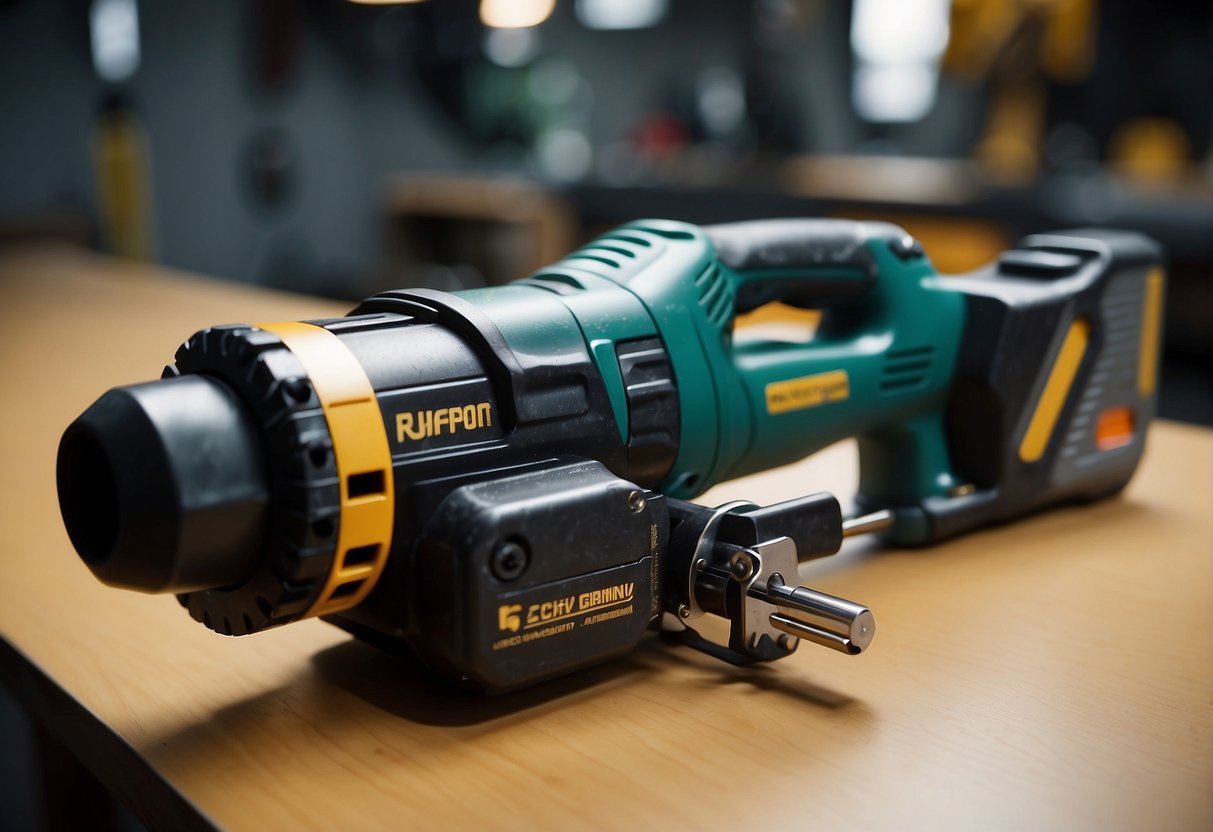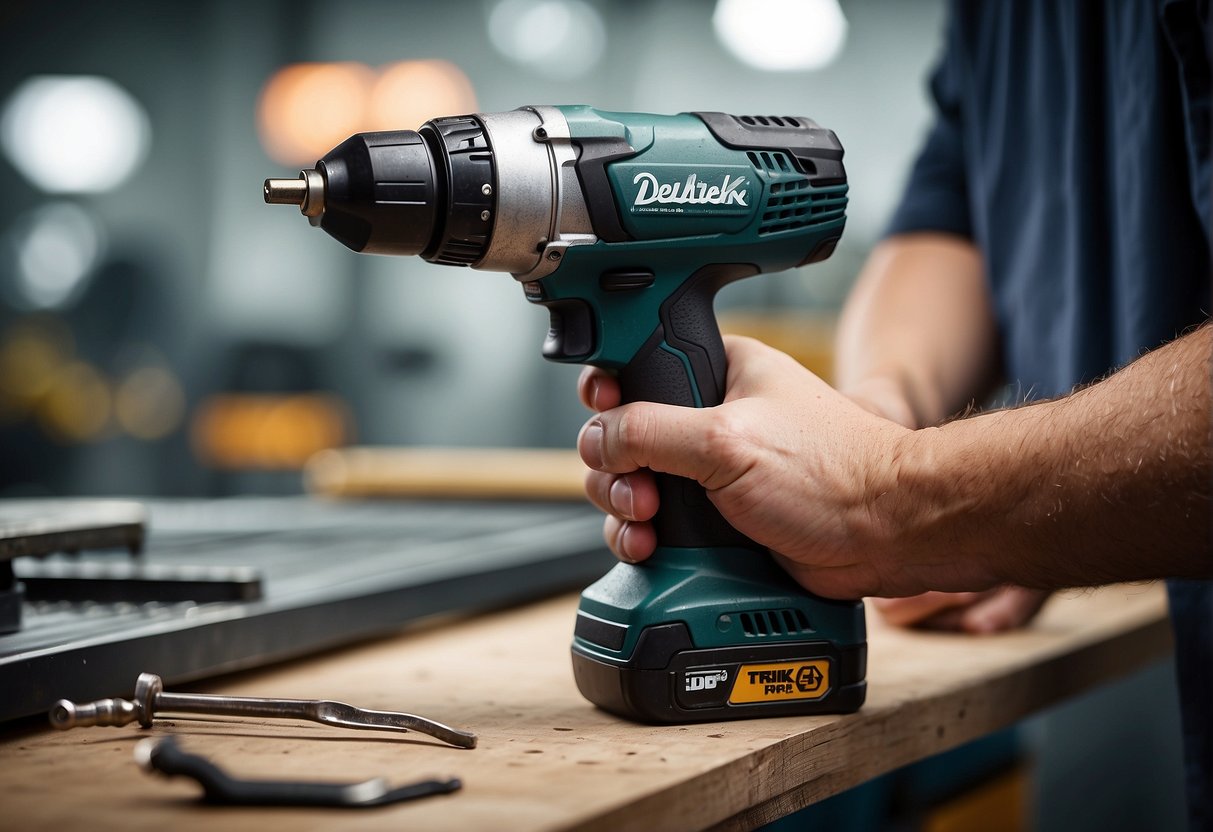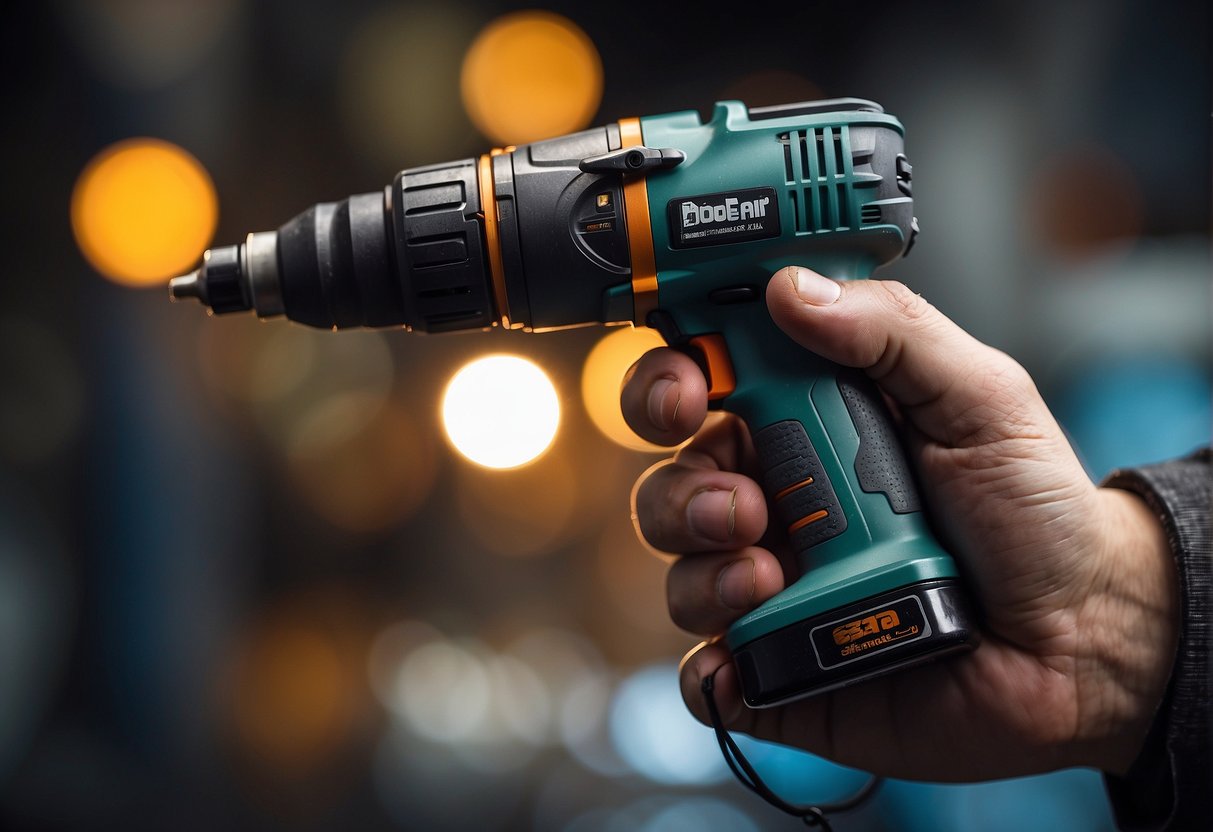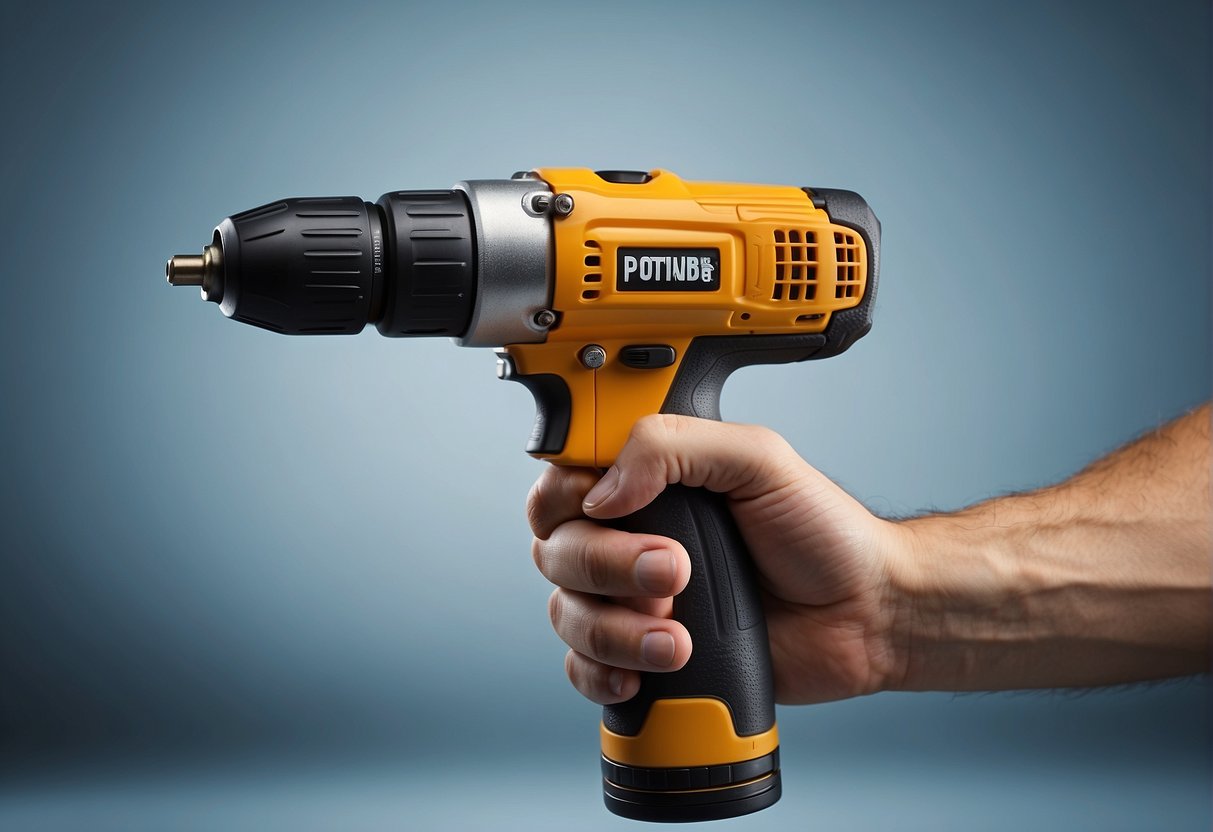As a professional mechanic, I know that selecting the right tool is critical to getting the job done efficiently and effectively. One of the key decisions to make when choosing an impact wrench is whether to go with a pin detent or a friction ring mechanism. Pin detent and friction ring mechanisms are both designed to hold sockets securely in place, but they work in different ways and have their own distinct advantages and disadvantages.
Understanding Pin Detent and Friction Ring Mechanisms
A pin detent mechanism uses a ball bearing and spring-loaded pin to hold the socket in place. The ball bearing sits in a small divot in the socket, while the pin is housed in the anvil of the impact wrench. When the socket is pushed onto the anvil, the pin snaps into place, locking the socket onto the tool. In contrast, a friction ring mechanism uses a spring-loaded ring that sits around the anvil. When the socket is pushed onto the anvil, the ring compresses and grips the socket, holding it securely in place.
Key Takeaways
- Pin detent and friction ring mechanisms are two common ways that impact wrenches hold sockets in place.
- Pin detent mechanisms use a ball bearing and spring-loaded pin, while friction ring mechanisms use a spring-loaded ring.
- Pin detent mechanisms are more secure, but friction ring mechanisms are faster and easier to change.
Understanding Pin Detent and Friction Ring Mechanisms
Mechanical Overview
As a professional mechanic, I have extensive experience working with both pin detent and friction ring mechanisms. These mechanisms are commonly used in power tools, particularly impact wrenches, to hold sockets securely in place during operation.
The pin detent mechanism uses a locking ball or pin to hold the socket in place. When the socket is inserted onto the square drive of the anvil, the ball or pin snaps into a corresponding hole on the socket, creating a secure connection. To remove the socket, you must apply a certain amount of force to overcome the locking mechanism and release the ball or pin.
On the other hand, a friction ring mechanism uses a hog ring or c-ring to hold the socket in place. The hog ring is a circular ring that fits around the end section of the square drive anvil and holds the socket in place. The hog ring is made of rubber and steel and expands to hold the socket securely in place. To remove the socket, you simply pull it off the anvil.
Common Uses in Power Tools
Both pin detent and friction ring mechanisms have their advantages and disadvantages. Pin detent mechanisms tend to be more secure and heavy-duty, making them ideal for heavy-duty applications that require a lot of torque. They are also more precise and accurate, as the ball or pin locks into place with a distinct click.
Friction ring mechanisms, on the other hand, are easier and more comfortable to use, as they do not require as much force to remove the socket. They are also simpler to operate, as they do not require any extra tools to remove the sockets from the hog ring anvil.
In conclusion, both pin detent and friction ring mechanisms have their pros and cons, and the choice between them depends on the specific application and personal preference. As a professional mechanic, I have found that both mechanisms are reliable and effective, and I use them interchangeably depending on the job at hand.
Advantages and Disadvantages
Pin Detent Pros and Cons
Pin detent is a type of connector that is commonly used in impact wrenches. It is known for its secure and durable connection between the socket and the wrench. The pin detent holds the socket firmly in place, preventing it from slipping or falling off during use. This makes it an ideal choice for heavy-duty applications that require a high level of torque.
One of the disadvantages of pin detent is that it can be difficult to remove the socket from the wrench. This is because the pin detent requires an extra tool to release the socket from the wrench. This can be time-consuming and inconvenient, especially when working on a project that requires frequent socket changes.
Another disadvantage of pin detent is that it can cause damage to the socket and the wrench. This is because the pin detent exerts a lot of pressure on the socket and the wrench, which can cause them to wear out over time. This can lead to costly repairs and replacements.
Friction Ring Pros and Cons
Friction ring is another type of connector that is commonly used in impact wrenches. It is known for its flexibility and ease of use. The friction ring holds the socket in place using a rubber ring that provides a secure and flexible connection. This makes it an ideal choice for quick-changing projects that require a high level of flexibility.
One of the advantages of friction ring is that it is easy to remove the socket from the wrench. This is because the friction ring does not require an extra tool to release the socket from the wrench. This can save a lot of time and effort, especially when working on a project that requires frequent socket changes.
Another advantage of friction ring is that it does not cause damage to the socket and the wrench. This is because the friction ring exerts less pressure on the socket and the wrench, which reduces wear and tear over time. This can save a lot of money on repairs and replacements.
However, one of the disadvantages of friction ring is that it may not be as secure as pin detent. This is because the friction ring relies on the rubber ring to hold the socket in place, which may not be as strong as the pin detent. This can be a problem when working on heavy-duty applications that require a high level of torque.
In summary, both pin detent and friction ring have their advantages and disadvantages. Pin detent is known for its secure and durable connection, but it can be difficult to remove and may cause damage over time. Friction ring is known for its flexibility and ease of use, but it may not be as secure as pin detent. When choosing between the two, it is important to consider the specific needs of the project and choose the connector that best suits those needs.
Comparing Performance and Suitability
High-Torque Applications
When it comes to high-torque applications, both pin detent and friction ring impact wrenches can deliver excellent results. However, pin detent impact wrenches are generally preferred for heavy-duty applications where maximum torque is required. The pin detent mechanism provides a more secure socket retention, ensuring that the socket does not slip or come off during operation. This makes it suitable for applications that require high torque and where safety is a concern.
On the other hand, friction ring impact wrenches are more suitable for applications that require frequent socket changes. The friction ring mechanism allows for quick and easy socket changes, which can be beneficial in situations where time is a critical factor. Additionally, friction ring impact wrenches are less prone to vibration, making them more comfortable to use for extended periods.
Socket Retention and Stability
Socket retention and stability are essential factors to consider when choosing between pin detent and friction ring impact wrenches. Pin detent impact wrenches use a locking pin or spring-loaded ball detent to hold the socket in place. This provides a secure socket retention, ensuring that the socket does not slip or come off during operation. However, the spring actuation requires a considerable amount of force, which can make it challenging to remove sockets.
Friction ring impact wrenches, on the other hand, use a friction ring to hold the socket in place. This mechanism provides a less secure socket retention compared to pin detent impact wrenches. However, it allows for quick and easy socket changes, which can be beneficial in situations where time is a critical factor.
Material and Maintenance Considerations
When it comes to material and maintenance considerations, both pin detent and friction ring impact wrenches have their advantages and disadvantages. Pin detent impact wrenches are generally made of more durable materials, which makes them suitable for heavy-duty applications. However, they require more maintenance due to the spring mechanism, which can wear out over time.
Friction ring impact wrenches are generally made of less durable materials, which makes them more suitable for lighter applications. However, they require less maintenance since they do not have a spring mechanism. Additionally, friction ring impact wrenches are generally less expensive than pin detent impact wrenches, making them a more cost-effective option for many users.
Practical Insights for Tool Selection
Impact Wrench Selection
When choosing between a pin detent and a friction ring, it’s important to consider the type of impact wrench you have or plan to purchase. Some impact wrenches come with a pin detent while others come with a friction ring. It’s also possible to find impact wrenches with both options, allowing you to switch between the two.
If you’re in the market for a new impact wrench, consider your needs and preferences. If you plan on using a variety of sockets, a friction ring may be more versatile because it allows for quick and easy socket changes. However, if you’re concerned about safety and want a more secure hold on your sockets, a pin detent may be the better option.
Socket Changes and Versatility
One of the biggest advantages of a friction ring is the ease of socket changes. With a friction ring, you can quickly and easily change out sockets without the need for any additional tools. This can be especially useful if you’re working on a project that requires multiple socket sizes.
On the other hand, a pin detent provides a more secure hold on your sockets. This can be important if you’re working with heavy-duty sockets or if you’re concerned about safety. With a pin detent, you’ll need to use a tool to change out sockets, but you’ll have the peace of mind knowing that your sockets are securely locked in place.
When it comes to versatility, a friction ring is the clear winner. It allows for quick and easy socket changes, making it ideal for projects that require multiple socket sizes. However, if you’re concerned about safety and want a more secure hold on your sockets, a pin detent may be the better option.
In conclusion, the choice between a pin detent and a friction ring ultimately comes down to personal preference and the type of work you’ll be doing. Both options have their pros and cons, and it’s important to weigh them carefully before making a decision.
Additional Considerations in Tool Usage
Safety and Preventing Accidents
When considering tool usage, safety is always a top priority. Both pin detent and friction ring systems have their own safety features. Pin detent systems use a spring-loaded pin retainer to hold the socket securely, which can prevent accidents caused by sockets slipping off during use. On the other hand, friction ring systems use a rubber ring that holds the socket in place, which can also prevent accidents caused by sockets slipping off. It is important to note that both systems require proper use and maintenance to ensure maximum safety.
Longevity and Wear and Tear
When it comes to longevity and wear and tear, both pin detent and friction ring systems have their own advantages and disadvantages. Pin detent systems tend to be more durable and have a longer lifespan, as they do not rely on rubber rings that can wear out over time. However, pin detent systems can be more susceptible to wear and tear caused by bolts and nuts that are too tight. Friction ring systems, on the other hand, tend to be less durable and have a shorter lifespan, as the rubber ring can wear out over time. However, friction ring systems are less susceptible to wear and tear caused by bolts and nuts that are too tight.
In terms of price, both systems are generally comparable, with pin detent systems being slightly more expensive. Ultimately, the choice between pin detent and friction ring systems comes down to personal preference and the specific needs of the user. It is important to consider factors such as safety, longevity, and wear and tear when making a decision.
Frequently Asked Questions
What are the main differences between a pin detent and a friction ring on an impact wrench?
A pin detent mechanism uses a locking pin or a spring-loaded ball detent to hold the socket onto square drives or detent anvils. On the other hand, a friction ring uses a rubber or metal ring to grip the socket. The main difference is that a pin detent holds the socket in place and is mostly for using one socket a lot. The friction ring is easier to remove and great for instances where you need to swap out sockets.
How does a pin detent mechanism compare to a friction ring in terms of tool security?
Both pin detent and friction ring mechanisms are designed to hold sockets securely in place. However, the pin detent mechanism offers better socket retention and is ideal for heavy-duty applications where tool security is a top priority. Friction rings, on the other hand, are more suitable for light to medium-duty applications where quick socket changes are required.
What are the advantages of using a friction ring over a pin detent for quick socket changes?
Friction rings are easier to remove than pin detents, making them ideal for quick socket changes. They also allow for more flexibility in terms of socket sizes. With a friction ring, you can use sockets of different sizes without having to change the anvil. This saves time and makes the job more efficient.
Can a friction ring adapter be used to convert a pin detent impact wrench?
Yes, a friction ring adapter can be used to convert a pin detent impact wrench. The adapter is easy to install and allows you to use friction rings instead of pin detents. This is a great option if you want to enjoy the benefits of a friction ring without having to buy a new impact wrench.
Is a hog ring anvil more reliable than a detent pin for heavy-duty applications?
Hog ring anvils are more reliable than detent pins for heavy-duty applications. They provide better socket retention and are less likely to wear out over time. However, they are not as easy to remove as friction rings, so they are not ideal for quick socket changes.
How do I replace a Milwaukee friction ring on my impact wrench?
To replace a Milwaukee friction ring on your impact wrench, follow these steps:
- Remove the retaining ring from the anvil.
- Remove the old friction ring from the anvil.
- Install the new friction ring onto the anvil.
- Reinstall the retaining ring onto the anvil.
Make sure that the new friction ring is properly installed and securely in place before using your impact wrench.

Hi, I’m Sal Muller of Tooltrip.com. My DIY experience led me to understand essential power tools for home projects. Tooltrip.com guides enthusiasts and professionals in choosing right tools for any job. I provide concise top tool reviews for easier, efficient DIY.





